If right connector is not used, then the audio signal can become distorted. So, it is important to invest in a connector that provides secure connection without any signal loss. They come in different shapes and sizes, including female and male versions; each having their own perks and uses. However, they are all designed to plug and unplug easily without the need for screws or fasteners. If you are looking to invest in the best speaker connector and wondering which one to choose, then you have come to the right place. In this article, we have provided different speaker connectors in detail. Read on to check the information and invest in an option your music ensemble deserves.
Different Types of Speaker Connectors
1. RCA Connector
Best Speaker Baffle Best 6×9 Speakers Best 6.5 Component Speakers Best Wakeboard Tower Speakers Best Center Channel Speakers
This connector is a very common type of analog audio connector and can be used with receivers, preamplifiers and amps. This connector is also known as a “phono connector” because it was originally designed to connect a turntable from a phonograph to a radio receiver. A stereo audio RCA cable has four connectors, one on each end. To make things easier, they are often color-coded. The red one represents the right channel and the black or the white the left. There are many types of RCA cables. RCA cables were a popular choice for transmitting audio and videos before HDMI was popularized. In such situations, a third connector often marked with yellow is the right choice. These type of RCS connectors are referred as composite RCA.
2. Banana Plugs
If the speaker has binding-post terminals, then you need to get Banana Plugs. You can attach banana plugs to the ends of speaker wires to connect them to an amp or receiver. They are held in the speaker holes by a spring contact at their metal tips. These are used to hook up surround sound systems. They are slightly expensive when compared to other connectors but you can get some cheap ones online. They have a metallic collar that can be compressed to fit in the binding post hole. In the case of a 5-way binding post, we would recommend dual banana connectors over a single one. Dual banana plugs come with positive and negative connectors that are fixed in a molded housing which spaces them 3/4″ apart from each other. They are easy to connect compared to single banana plugs, especially when used along with 5-way posts.
3. Speaker Pins
The speaker pin is a smaller version of the banana connector. They lack spring contact and are more likely to fall out of the connection port. These pins must be securely connected to the binding posts. They haven’t been used often, but they will work in a pinch if you don’t have any other options. You don’t need speaker pins or banana connectors to connect a speaker to an amplifier or AV receiver. You can actually tie the speaker wire directly to both the positive and the negative connections using the binding posts. It is important to not touch the wire’s exposed ends together as this can cause a short circuit. Banana plugs are a good choice for most people. The Monopriced Gold-Plated Speaker Plugs is a great option if you want to test a reliable set. This is not a common connection, but it doesn’t necessarily mean that it’s not suitable for you.
4. RF Connectors
Coaxial RF connections can support high-resolution audio. They are usually equipped with a needle in the middle that threads into the connector port and secures it in place. Standard for TV receivers as well as two-way radio, RF connectors are used.
5. MMCX Connectors
An MMCX connector is a smaller version of the MCX. These connectors are used to connect the cable to each earpiece of in-ear headphones or earbuds. Consumer audio uses are not likely to use MMCX or MCX connections, however they can be found in specialized devices.
6. Connectors MCX
MCX is short for “micro coaxial connector”. This is essentially an RF connector, but 30% smaller. They have a needle at the center to ensure stability, just like RF connectors. These are often used to connect antennas and GPS receivers like those in cars. An MCX is not required to connect your audio receiver to any audio player.
7. XLR Connectors
These pins are available in different formats; among them three pin formats are popular as they provide balanced signals. They come with a special design which lets the plug to make contact on the ground pin before it is connected to the rest. This reduces the chances of damaging the whole system. This connector also creates balanced audio which significantly reduces the electromagnetic interference and ensures a long-range signal. XLR connectors are suitable for a wide range of applications from microphones to amplifiers and more.
8. TOSLINK
TOSLINK (or Toshiba Link) is an optical fibre connection that can be used in consumer audio equipment. TOSLINKs, digital cables, transmit audio from audio sources such as CDs or DVD players to AV receivers. The ports for optical cables are usually labelled “Optical” with a protective cap that opens when the cable is plugged in. These cables can only support 24/96 res audio. If you want to install a professional-grade system, opt for coaxial cables.
9. Speakon Connectors
Speakon connectors are available in 2 to 4 pole versions, as well as 8 pole versions. The 8-pole design is more powerful than the 2 and 4 variants. The 2- and 4-pole designs can be interchangeably. These connectors are very affordable and can carry more current than other connectors. They have a locking plug and a non-shorting electric contact.
10. Binding post
Binding connectors can be used to connect bare cables. You can use them with banana connectors or pin connectors. Nearly all speakers include a binding pin. These are very common and can be connected in two different ways. The speaker wire must be disconnected and inserted into the hole. The wire should be inserted into the hole in the binding post. Banana plugs can be used for this. You might find a plastic cap on the receiver that needs to be removed. It is resistant to corrosion and has excellent signal transfer capabilities.
11. Spade Connectors
For a spade connection, you need 4 spade connectors for a single wire. There are both angled and straight spade connectors available. There isn’t a big difference between them. Usually, these connectors are sold as a set. The connectors have the appearance of a forked metal. The connectors can be hooked to the speaker through different methods like soldering and crimping. For a strong connection, a crimping tool is recommended. Also, it is best to not use pliers. If the connection is done in the right manner, then you would not need soldering. Spade connections are ideal for connecting wires to speakers located in the vicinity of a wall. In such situations, banana plugs are not required.
Why Use Speaker Connectors?
Colored connectors will make it easy to forget about second guessing, worrying, and scrutinizing. Connectors for speaker wires are a great way to save time, especially when using multichannel home stereo systems. The terminals of speakers and home audio equipment are nearly always colored to indicate polarity. For example, the positive terminal (+), is red and the negative terminal (-), is black. However, the opposite is true for speaker wires. Some speaker wires do not have two-tone insulation. For easy identification, prominent markings such as text, dashed lines or stripes are used to indicate the positive end. It is also easier to connect speaker wires to amplifiers or receivers. Before inserting the strands into a spring clip, or binding post, they must be joined together (usually by twisting them). Sometimes it can be hard to see and the spaces between posts are limited. If you make a mistake and break or mush the wire, you will need to re-straighten it again. Because speaker wire connectors house and protect the wires, plugging and unplugging audio can be done much more easily than with RCA Jacks. Speaker wire connectors are a great way to keep audio cables running smoothly. Your stereo speakers will produce a high-quality signal if the tips are correctly installed. As if that weren’t enough, speaker wire connectors can also give your equipment a more organized and sophisticated look. The backsides and receivers of amplifiers, speakers, and receivers might not be very provocative. The people you want to impress (including yourself), are the enthusiasts who take the time to look at what you’re doing.
Final Thoughts
It is important to use speaker connectors as they help complete the whole ensemble of your music system. There are several options when it comes to speaker connectors. We have mentioned in this article for your reference. Read the information clearly to know which one suits your requirements. Was this article helpful? If you still have any doubts, write to us in the comment section below. We shall reply as early as possible. Comment * Name * Email * Website
Δ



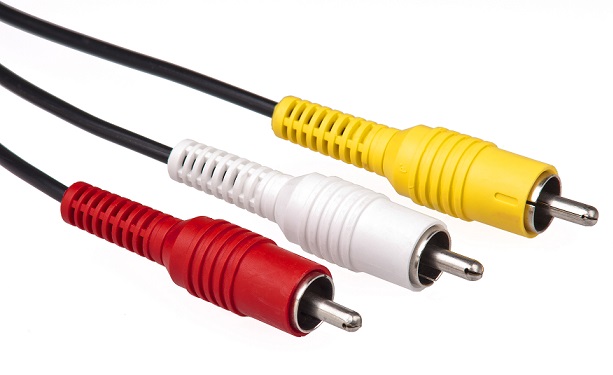
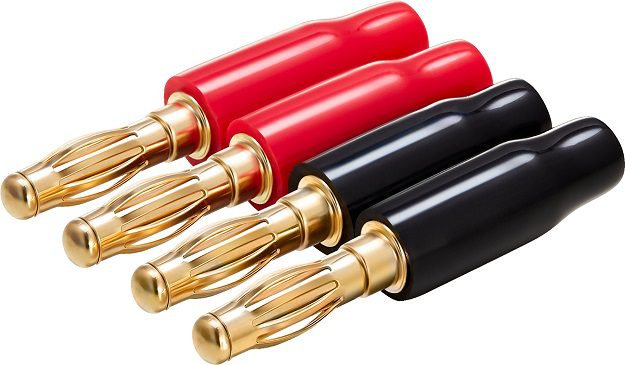
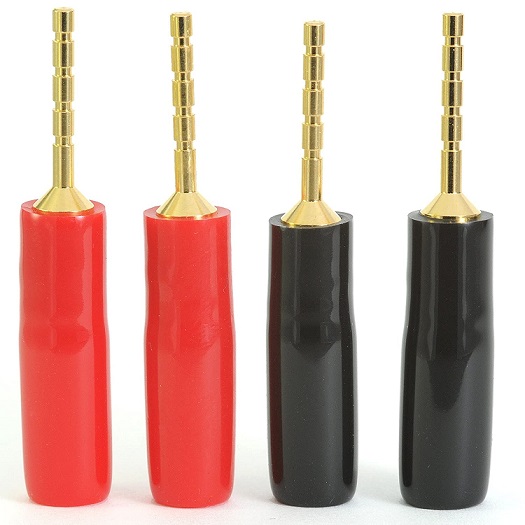
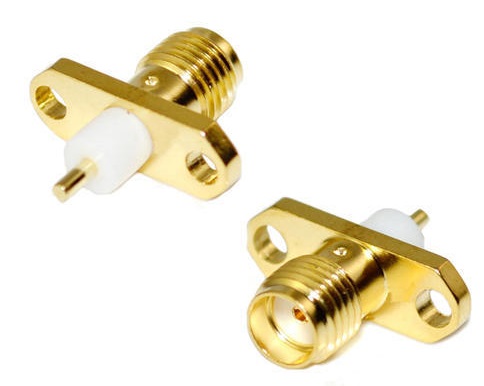
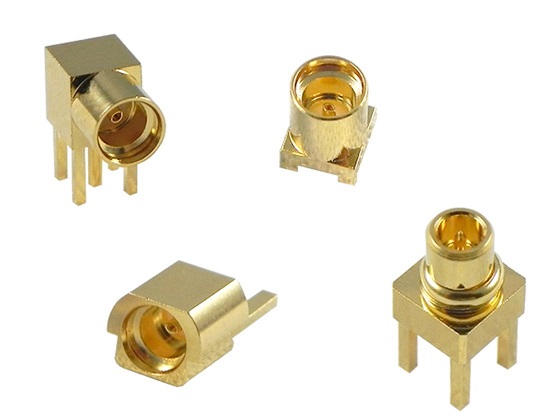
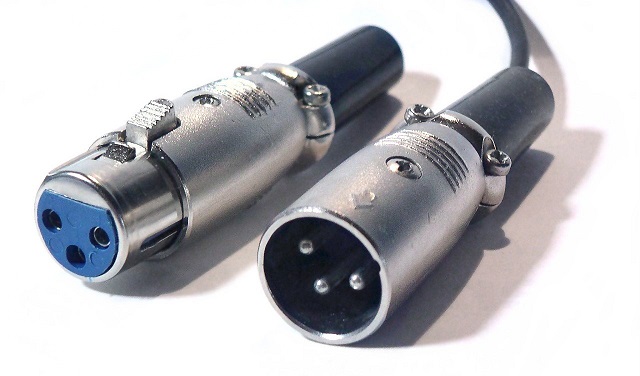

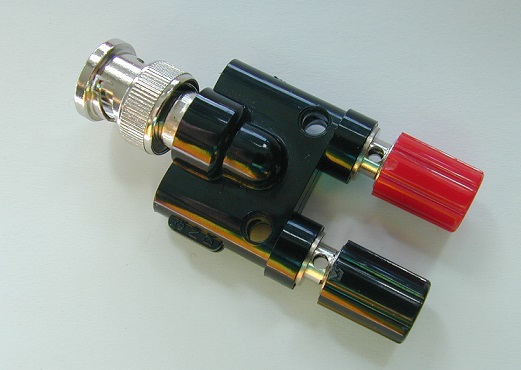
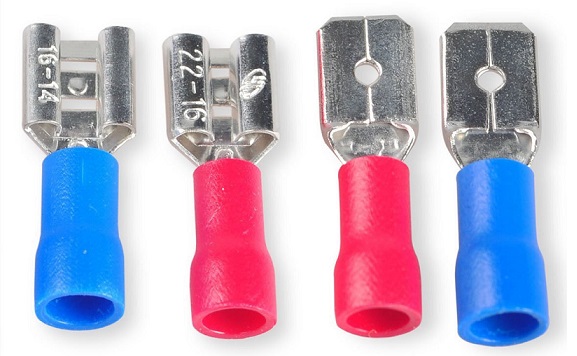


![]()